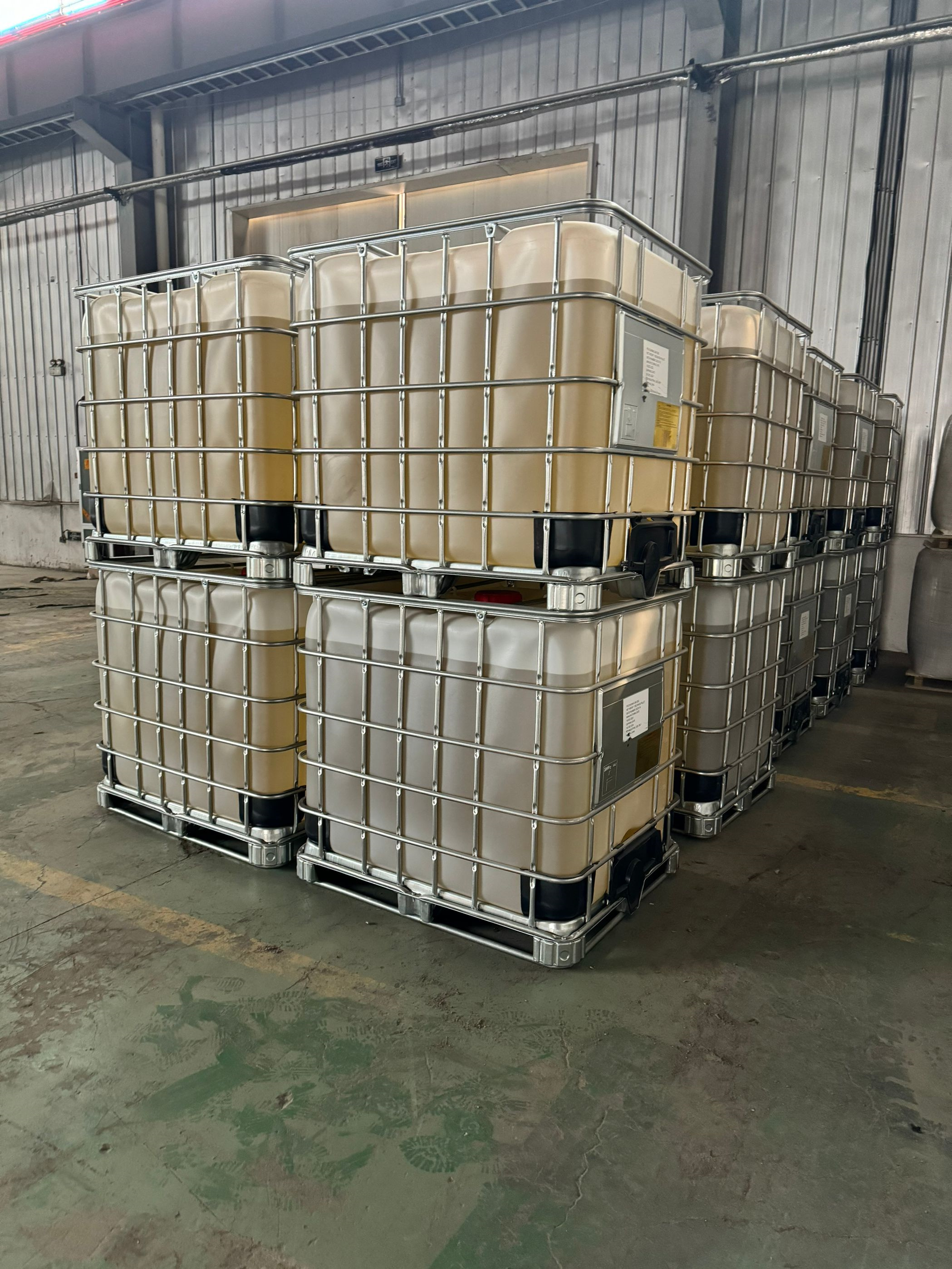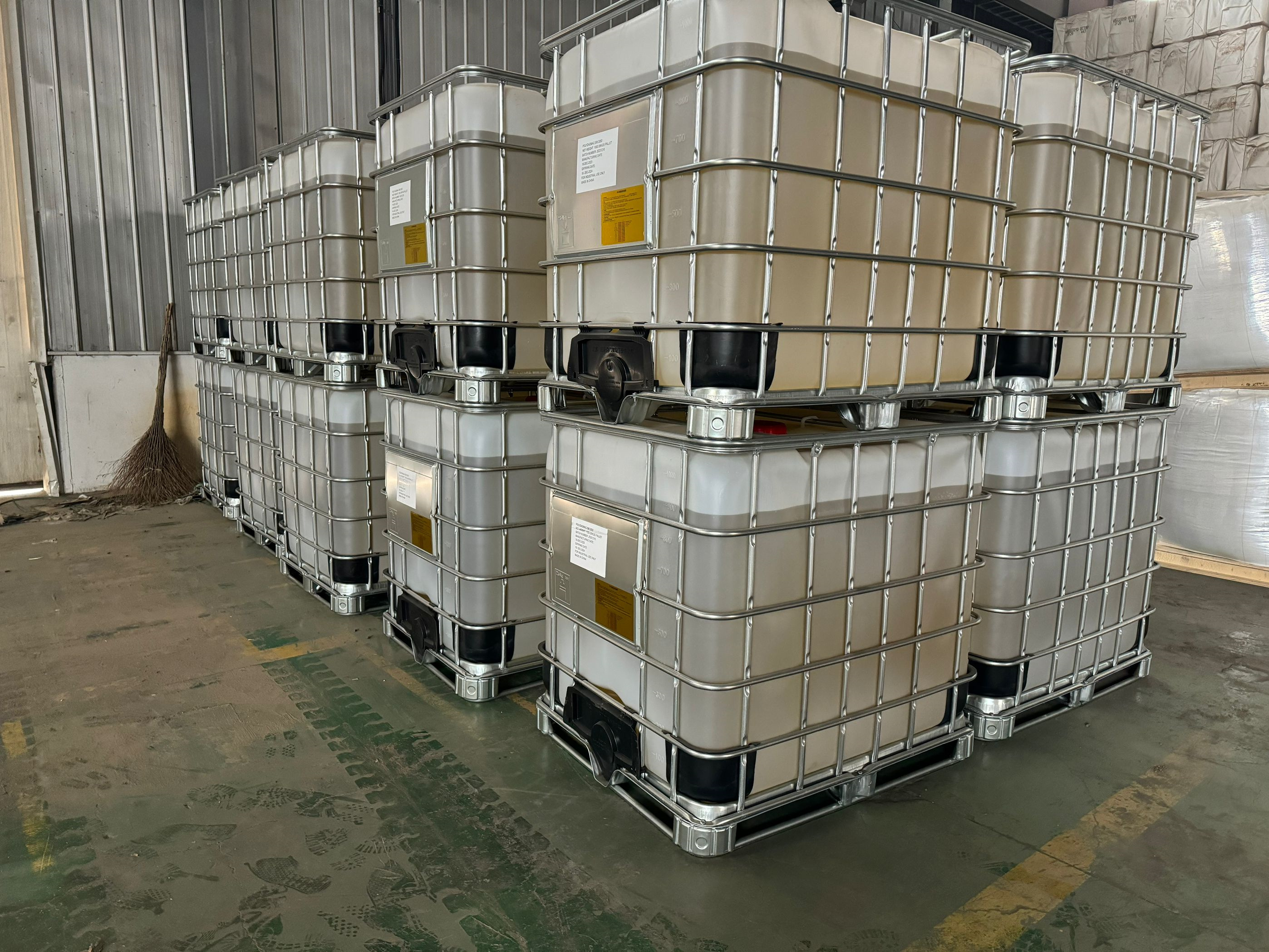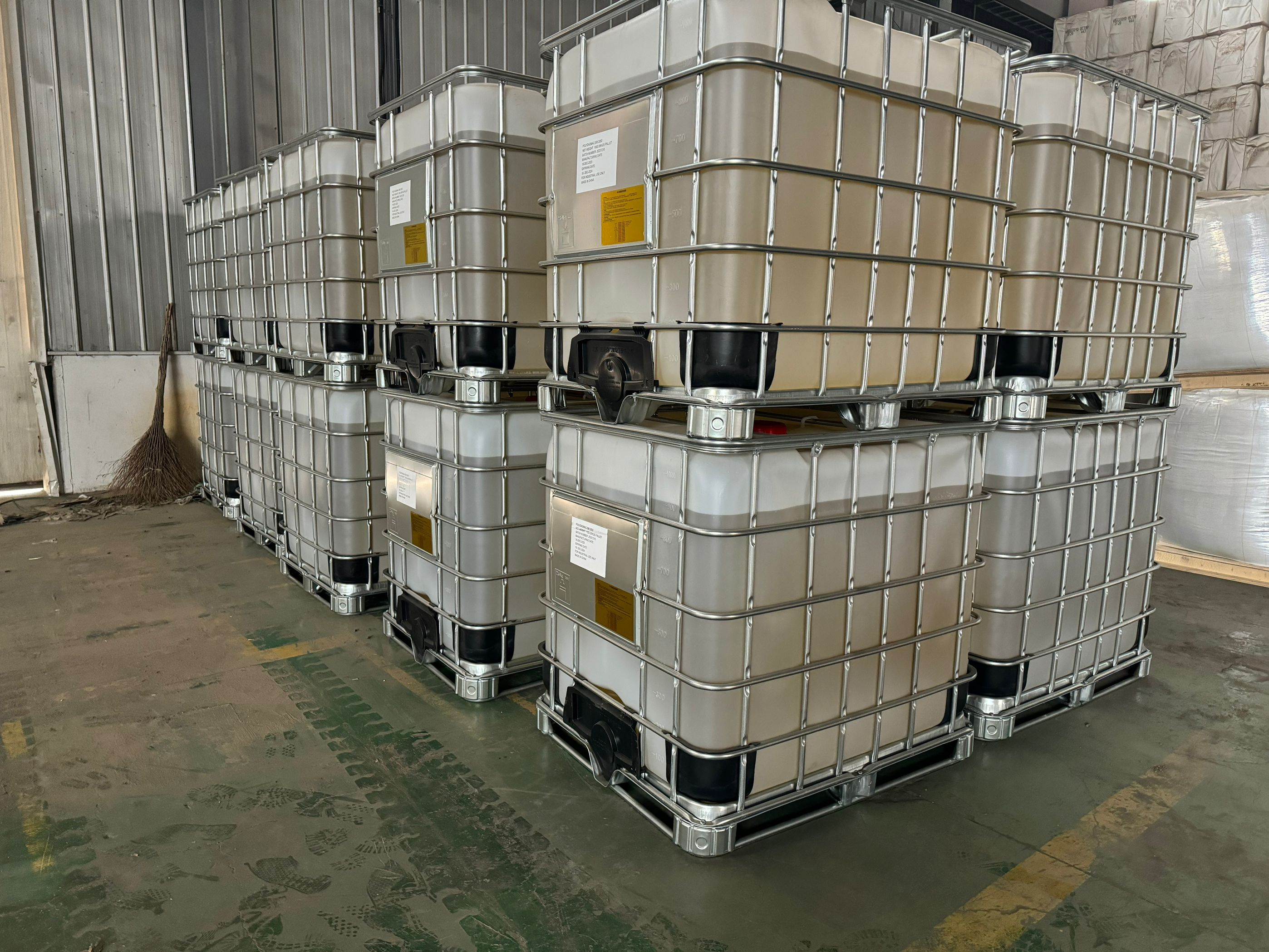polydadmac FL4000 series can be replaced by Asiafloc -dadmac
Polydiallyldimethylammonium chloride (polydadmac) is a cationic polymer widely used across numerous industries due to its effectiveness in flocculation, coagulation, and as a biocide. This polymer is typically used in water treatment, paper processing, textiles, oil and gas, and other applications where its unique chemical properties can be leveraged. Below is an in-depth exploration of the main applications of polydadmac, showcasing its broad versatility.
1. Water and Wastewater Treatment
One of the most significant applications of polydadmac is in water and wastewater treatment. Due to its cationic nature, it is highly effective in removing suspended solids, organic matter, and colloidal particles from water. This makes it ideal for use in both municipal and industrial wastewater treatment processes.
a. Municipal Wastewater Treatment
Polydadmac is used in municipal water treatment to coagulate and flocculate contaminants, making it easier to remove them via sedimentation or filtration. It is particularly effective in treating wastewater with a high organic load or with fine suspended solids that are difficult to remove using traditional methods.
b. Industrial Wastewater Treatment
In industrial settings, polydadmac is employed to treat wastewater from industries such as textiles, food and beverage, pulp and paper, and petrochemical manufacturing. These industries generate wastewater with high levels of suspended solids, oils, dyes, and chemicals, all of which can be effectively removed by polydadmac through flocculation and coagulation.
c. Sludge Dewatering
Polydadmac is also commonly used in the dewatering of sludge. When added to sludge, it binds together fine particles, which enhances the formation of larger flocs that are more easily removed. This reduces the volume of sludge and makes the dewatering process more efficient, leading to lower disposal costs and more sustainable waste management.
d. Drinking Water Treatment
In potable water treatment, polydadmac is used to improve the clarification process. It aids in removing impurities, suspended solids, and microorganisms, ensuring the water meets the required health and safety standards before it reaches consumers. The polymer is particularly useful for treating water with high levels of organic matter or turbidity.
2. Pulp and Paper Industry
Polydadmac plays a key role in the pulp and paper industry, particularly in improving the quality and efficiency of the papermaking process.
a. Paper Manufacturing
In papermaking, polydadmac is used as a retention aid, where it improves the retention of fibers, fillers, and fines during the paper production process. This leads to reduced fiber loss, increased yield, and better paper quality. It also enhances the drainage properties of the paper slurry, making the papermaking process faster and more efficient.
b. Wastewater Treatment in Pulp and Paper Mills
The pulp and paper industry produces large volumes of wastewater containing high levels of suspended solids, chemicals, and organic compounds. Polydadmac is used to treat this wastewater by promoting the coagulation and flocculation of these contaminants, which can then be removed through sedimentation or filtration. The polymer helps reduce the environmental impact of pulp and paper mills by ensuring that their effluent meets regulatory standards.
c. Sludge Management
The dewatering and disposal of sludge from pulp and paper mills is another critical application of polydadmac. The polymer improves the aggregation of solids in the sludge, making it easier to dewater and reducing the volume of waste. This not only lowers disposal costs but also contributes to more sustainable waste management practices within the industry.
3. Textile Industry
Polydadmac is used in the textile industry for several applications related to fabric processing, dyeing, and wastewater treatment.
a. Dyeing and Printing
In the textile industry, polydadmac serves as a mordant or fixative during the dyeing and printing processes. Its cationic charge helps the polymer interact with negatively charged textile fibers, ensuring that dyes adhere better and with greater uniformity. This results in improved colorfastness and a more uniform appearance of the fabric.
b. Wastewater Treatment
Textile manufacturing processes, particularly dyeing and finishing, generate large quantities of wastewater containing dyes, chemicals, and suspended solids. Polydadmac is used in the treatment of this wastewater by promoting coagulation and flocculation, which enables the removal of pollutants and ensures that the water meets environmental discharge standards.
4. Oil and Gas Industry
In the oil and gas industry, polydadmac is used primarily in water treatment, drilling operations, and wastewater management. It helps to improve the efficiency of various processes, including drilling fluid management, oil recovery, and the treatment of wastewater generated during oil extraction.
a. Drilling Fluids
Polydadmac is added to drilling fluids to help improve their performance. It aids in stabilizing the mud, increasing its viscosity, and enhancing the suspension of cuttings in the fluid. This improves the efficiency of drilling operations and helps to prevent the clogging of equipment.
b. Enhanced Oil Recovery (EOR)
In enhanced oil recovery (EOR) techniques, polydadmac can be used in polymer flooding, where it is injected into reservoirs to improve the sweep efficiency of injected water. This results in a higher recovery of crude oil by reducing the flow of water through porous rock formations and improving the displacement of oil.
c. Wastewater Treatment
The oil and gas industry generates large quantities of wastewater that often contain emulsified oils, suspended solids, and other contaminants. Polydadmac is used in treating this wastewater by promoting coagulation and flocculation of the contaminants. The polymer helps to clarify the water, making it suitable for discharge or reuse in various applications, including water flooding for oil recovery.
5. Cosmetics and Personal Care
In the cosmetics and personal care industry, polydadmac is used as a conditioning agent and emulsifier in various formulations such as shampoos, conditioners, and skin care products.
a. Hair Care Products
Polydadmac is used in hair care products to improve the texture and manageability of hair. Its cationic charge allows it to bind to negatively charged hair fibers, resulting in improved conditioning, reduced static, and enhanced smoothness and softness. It is commonly found in products such as hair conditioners, shampoos, and styling gels.
b. Skin Care Products
In skin care, polydadmac serves as an emulsifying agent that helps to stabilize creams, lotions, and gels. Its ability to bind water and oil phases makes it a valuable ingredient in moisturizing products, where it helps to create smooth textures and improve spreadability. Additionally, it is used for its conditioning properties in skin cleansers and other topical treatments.
6. Agriculture and Horticulture
In agriculture, polydadmac finds use in various applications related to soil conditioning, water retention, and pest control. Its ability to bind and flocculate particles makes it effective in improving soil structure and increasing water retention in arid regions.
a. Soil Conditioning
Polydadmac is sometimes applied as a soil conditioner, where it helps improve soil stability and reduce erosion. It binds soil particles together, improving the texture of sandy or loose soils, making them more resistant to water erosion and improving their ability to retain moisture.
b. Water Retention in Agriculture
In agriculture, especially in drought-prone areas, polydadmac is used to improve water retention in the soil. When applied to soil, it helps to retain moisture for a longer period, reducing the frequency of irrigation and improving crop yield. This is particularly beneficial in regions where water resources are scarce.
c. Pest Control
Polydadmac has also been investigated for its potential use in pest control, particularly in the form of a dispersant for agricultural chemicals. It can help to evenly distribute pesticides or herbicides on plant surfaces, improving the effectiveness of these treatments and reducing the amount of chemicals required.
7. Mining Industry
The mining industry uses polydadmac in the extraction and processing of minerals, particularly in flotation processes and the treatment of mining wastewater.
a. Flotation and Separation of Minerals
In mineral processing, polydadmac is used as a flocculant in flotation processes to improve the separation and recovery of valuable minerals. By aggregating fine particles into larger clusters, it enhances the efficiency of flotation and improves the yield of the minerals being processed.
b. Wastewater Treatment in Mines
Mining operations often result in the generation of wastewater containing heavy metals, suspended solids, and chemicals. Polydadmac is used to treat this wastewater by promoting coagulation and flocculation of these contaminants, which can then be removed via sedimentation or filtration. This helps to reduce the environmental impact of mining activities.
c. Tailings Management
The treatment of tailings, the waste materials left over after the extraction of minerals, is another key application for polydadmac. The polymer improves the dewatering of tailings, reducing their volume and making it easier to manage and dispose of the waste material. This contributes to more sustainable mining practices.






